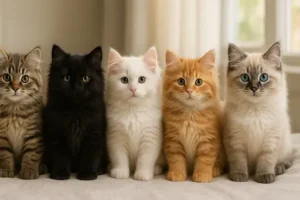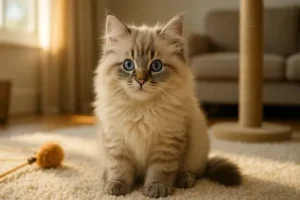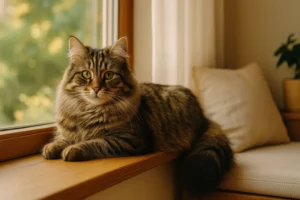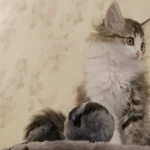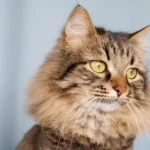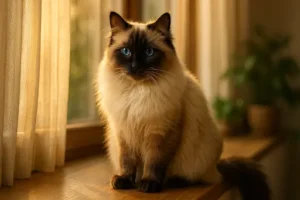
Black Siberian Cat: Rare Beauty or Myth? Everything You Need to Know
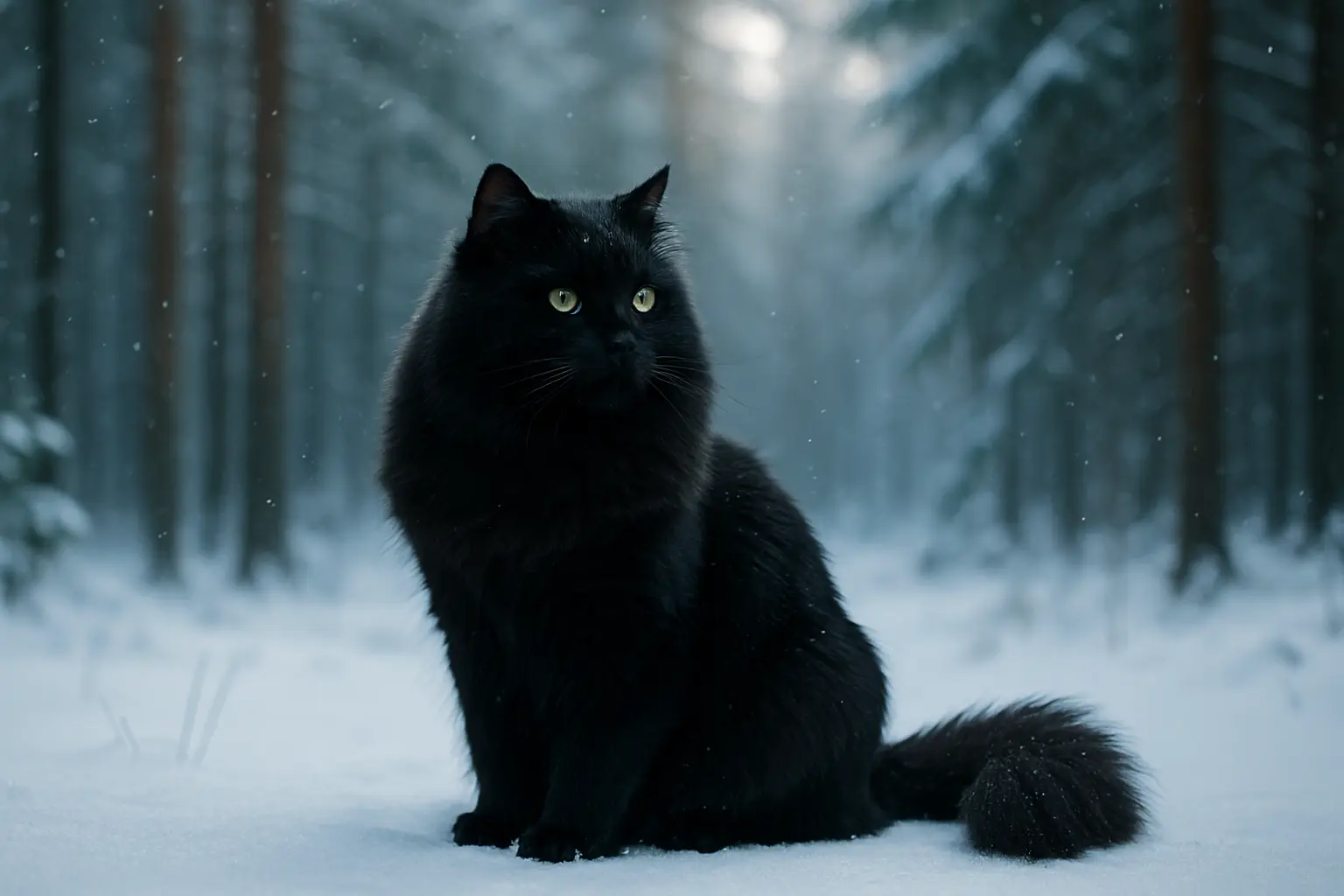
Cats come in diverse shapes, sizes and colours, but not many leave such a lasting impression as the Black Siberian Cat. Having its exotic allure and royal coat, this type of Siberian breed has made an impression on cat lovers all over. But how rare are they really? And what do you think you should expect when you are thinking of adding one into your life?
While the black coat is less common, it’s just one of many fascinating traits found in the Siberian Cat, a smart and hypoallergenic breed. Being a first-time cat owner, a long-term Siberian fan, or just interested in this unusual colour shade, this guide will make you see the black-coated Siberian in its entirety without myths and marketing hype.
Key Highlights
- There are black Siberian Cats, but they are not easily bred as much as the other colour variants.
- The higher prices are explained by the rare and striking coat of prices, particularly by the black smoke type.
- The temperament stays the same–loyal, playful, hypoallergenic, and great with families.
- To identify a real Siberian, the coat density, the appearance of the face, and unique personality hints are considered.
Black Siberian Cat Facts
| Breed Info | Details |
|---|---|
| Breed Type | Siberian (Natural Russian Breed) |
| Color Variant | Solid black or black smoke |
| Temperament | Loyal, intelligent, gentle |
| Lifespan | 12 – 18 years |
| Size | Medium to Large (8–17 lbs) |
| Coat Type | Triple-layered, long, water-resistant |
| Hypoallergenic | Relatively (lower Fel d 1 protein levels) |
| Exercise Needs | Moderate (playful but calm indoors) |
| Grooming | Moderate to High |
What Exactly Is a Black Siberian Cat?
A Black Siberian Cat is not a different breed; it is a colouration of the typical Siberian cat that originated in the cold Russian forest. Though tabby or golden-colored Siberians are most famous, black-colored Siberians also occur naturally in the breed.
Others are pure black, smooth, fur black-as-midnight. Others are referred to as black smoke; that is, their fur has a light-coloured base and dark ends. This produces a shimmering effect, particularly as the cat goes through sunlight.
This variation has been known to many as the Siberian black cat or black Siberian forest cat, and this comes as no surprise given the rough outdoor history of the breed.
Is the Black Color Rare?
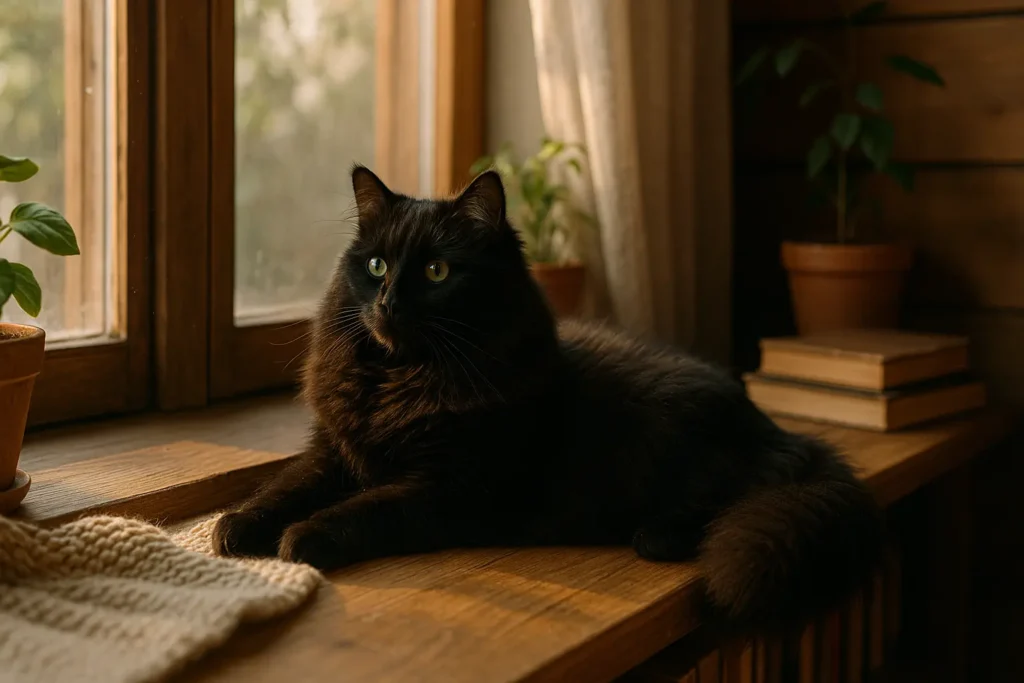
This is not very rare, but definitely lower. Siberians have a great choice of coat colours, though breeders tend to pay attention to more conservative colours such as golden, tabby or the Neva Masquerade colour point. Because of this, closer to black-coated Siberians are not produced so often.
That notwithstanding, they can occur naturally in special cases when both parents are carriers of the recessive black gene. One of these, the black smoke Siberian, is most striking in its striking silver coat beneath, which makes the cat appear in a dramatic, almost ethereal appearance.
If you’re wondering how black fits into the broader spectrum of this breed’s coat variations, the full range of Siberian cat colors and patterns shows just how diverse their genetics can be.
Black Siberians are not imaginary; however, you won’t find them in every litter. You can find one, with a little time to wait, and, indeed, with a fortunate adoption.
The Forest Cat Look But Darker
The Siberian breed is characterised by a strong body structure, big paws and a heavy coat. Once these features are combined with a solid black or smoky coat, the effect is aesthetically magnificent. Their eyes are bright, gold, green, or copper, with the contrast of their dark fur.
You may have seen the pictures of a black Siberian forest cat, so you know how big they can appear. Foolish things, however, be they not; they are as sweet and gregarious as any Siberian.
temperament: Gentle Giants
The Black Siberian Cat is not only a pretty face. These cats are:
- Smart: They are capable of learning routines fast and tend to show up when summoned.
- Loving: Faithful without being too clingy.
- Social: Get along with other pets and children generally.
- Playful: They like games and climbing, but are not hyperactive.
They can be said to be dog-like because people are fond of their loyalty and silent company. It is also known that they are very family and individual friendly and adjust well to other home settings.
Grooming Needs: What You Should Know
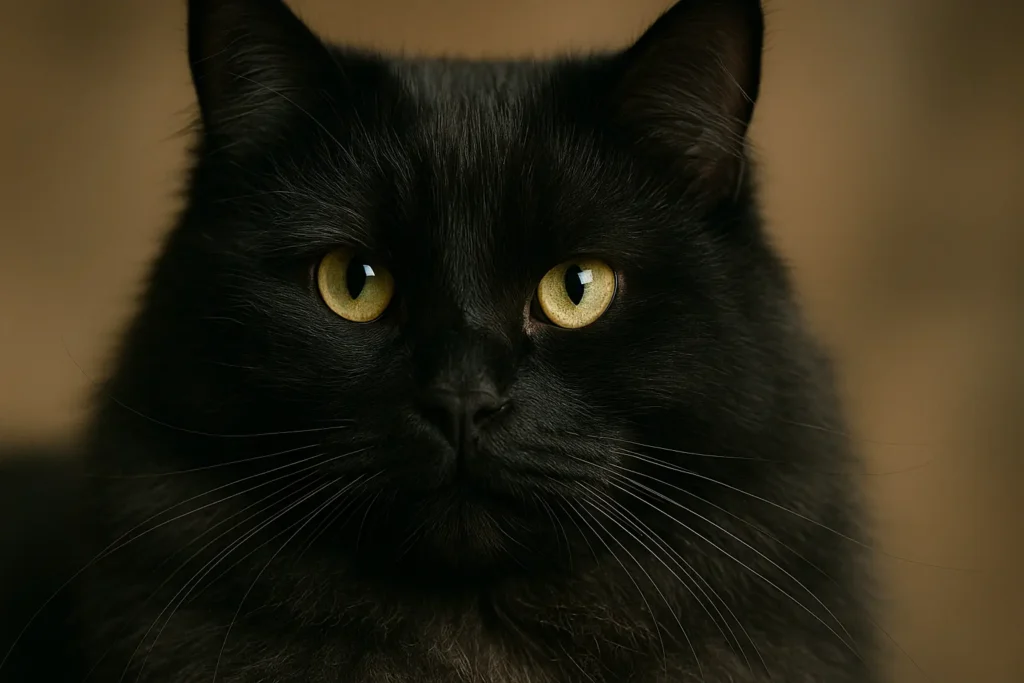
Their long, triple-layered coat was made for Russian winters—so yes, grooming is part of the deal.
Care tips for owners:
- Brush two or three times a week (by the day in shedding season).
- Their undercoat should be picked with a wide-toothed comb to avoid mats.
- Bathe not too often, but their hair keeps off the dirt and the wet.
- Look at knots behind the ears and under the arms.
There is no need to worry that a majority of Siberians like being brushed when they trust you, and this will become a bonding exercise with time.
Cost & Availability
A Black Siberian Cat might range in price between $1200 and $2500, depending on the lineage and the reputation of the breeder, and in some cases, the black smoke varieties may cost more since they do not look like the rest.
People willing to adopt should watch breed-specific rescues and shelters. Black-coated Siberians are very rare; however, they are sometimes offered.
Hypoallergenic Qualities
Siberians are a lot more tolerable to many people who have allergies to cats. This is because they synthesise low amounts of the Fel d 1 protein, which is the primary allergen in cat saliva and skin.
No cat is really hypoallergenic, but a Black Siberian Cat can be a good option in case you have had mild allergy to other breeds. Test yourself before adoption to see how your body is reacting.
Is the Black Siberian Cat Right for You?
This may be your ideal match when you want a cat that is beautiful to look at, easygoing in nature and smart enough to know your routine. They do not make bad pets, just need a bit more grooming and a change of season.
They introduce beauty, brains and some mystery to your home- all the time developing a strong emotional connection to their family.
Conclusion
Are the Black Siberian Cat then a rarer treasure or a mere addition to the Siberian palette?
The fact falls in between. These cats are very real, most loving, and, although not as prevalent as other versions, are just as healthy and tough as any Siberian. The dark coat, the forest-cat physique, or the hypoallergenic character of them make them an outstanding lifetime companion.
FAQs
They are not that rare, but certainly more rare. The majority of breeders focus on more traditional colours of the coat, and, therefore, black Siberians are less common, including the very popular black smoke breed.
The prices of a black Siberian cat include from 1,000 to 2,500 based on pedigree, seller, and location. Typical fats, such as black smoke, can be considered as falling on the upper side of the spectrum.
Find a muscular figure, a semi-long triple-layered coat, a rounded face, and tufted ears. Siberians are generally social, playful and hypoallergenic in terms of their personality because they have low levels of Fel d 1 protein.
In Siberian cats, shedding changes according to season and knowing their coat cycle can help you take good care of them (learn more in our in-depth guide on Siberian cat shedding).
No, their character is in line with the breed: loving, smart and flexible. The colour of the coat does not determine the temperament.
Yes, they have a lower Fel d 1 protein as do all Siberians, and are less allergenic to the sufferers of allergy, although no cat is totally hypoallergenic.
Not exactly. Black smoke Siberians are overshadowed with a uniform layer of solid black undercoat, which in turn provides them with a smoky, glittering look--more dramatic than a totally solid black cat.
They are available with reputed Siberian breeders, but are more difficult to find. It is also good to check rescue groups and breed-specific adoption listings.
Siberian Cat Info – Your trusted source for expert tips, breed facts, and care guides on Siberian cats.

